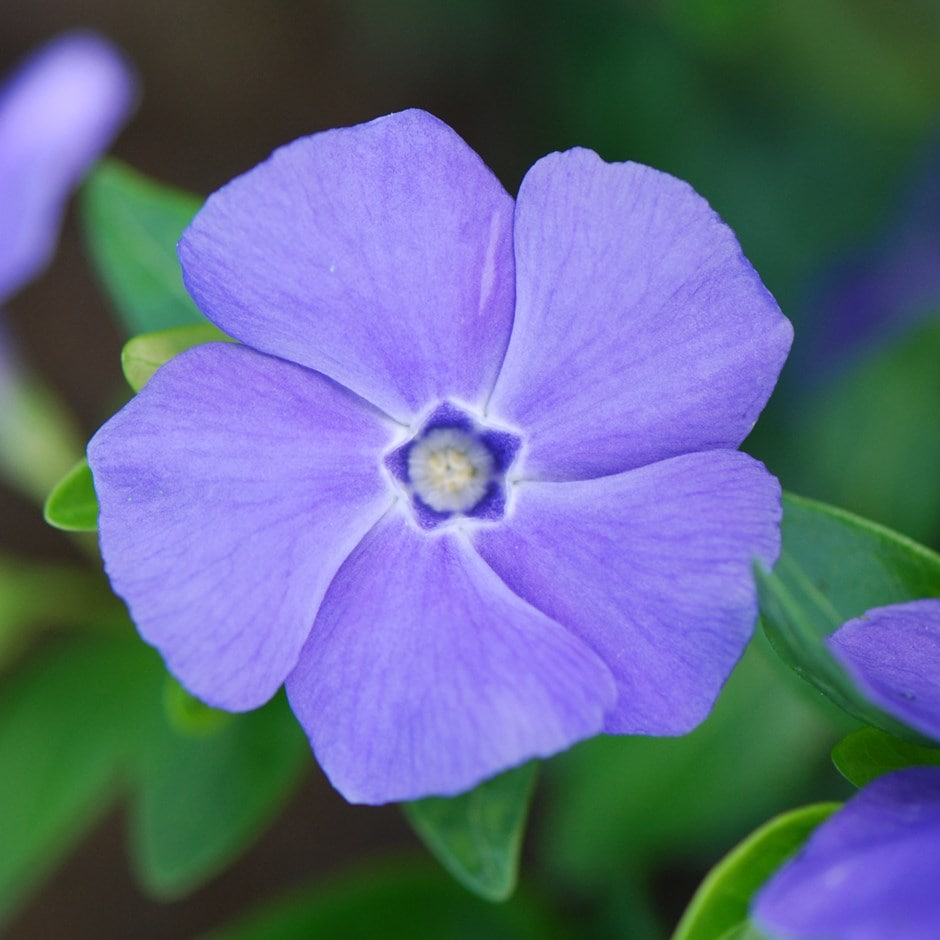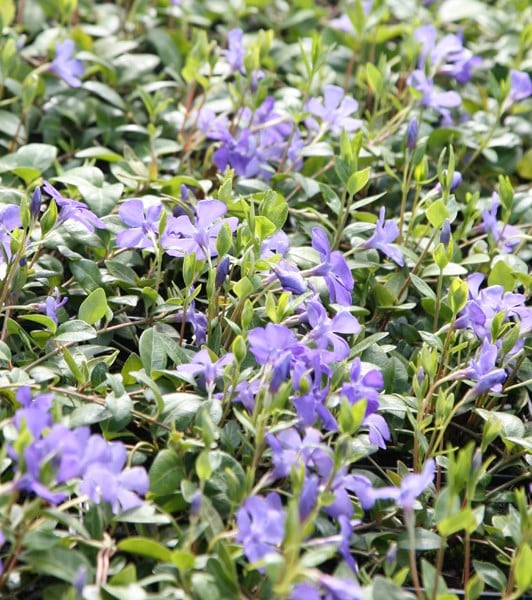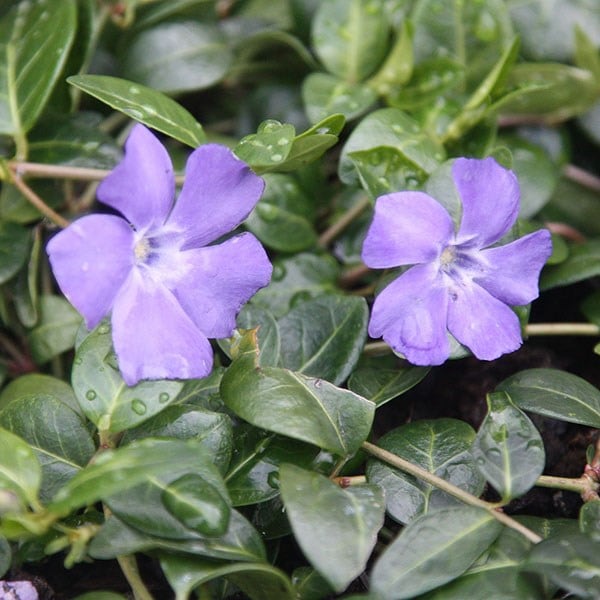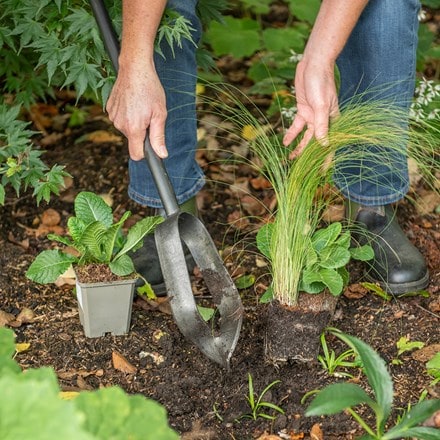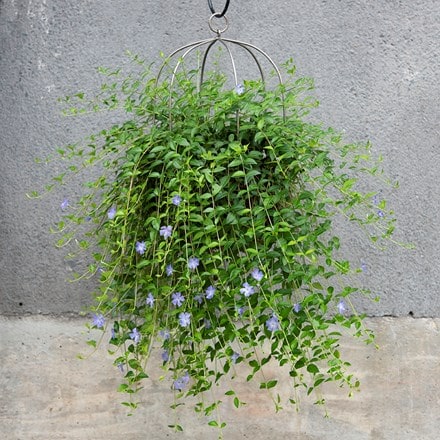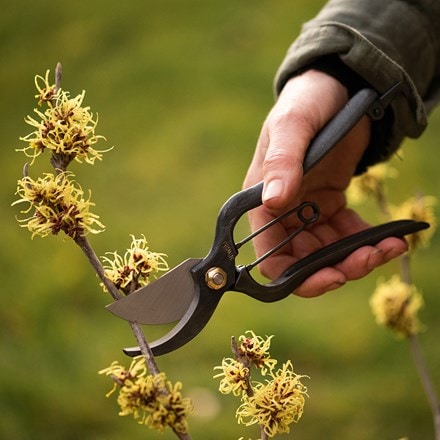Vinca minor 'Bowles's Variety'
lesser periwinkle ( syn. La Grave )
Lovely, lavender-blue flowers over a long period from April to September and dark green leaves. The long, trailing...
GOES WELL WITH
How to control weeds
‘One year's seed is seven year's weed’, or so the saying goes, so the most important thing an organic gardener (and non-organic gardener for that matter) can do is prevent weeds from flowering and setting seed. A horrifying example of this is chickweed,
Read full articleMarch pruning of trees, shrubs and climbers
The following notes can be used as a guide when pruning trees, shrubs and climbers in your garden during the month of March. It's timely advice if you have any of the following in your garden. Abeliophyllum, Artemesia, Brachyglottis, Brunfelsia, Buddleja
Read full articleRich green foliage for autumn
Come the autumn when the flowers may be fading away, and the lipstick-red, sombre-burgundy, orange-peel and mustard-seed foliage is at it's best in the autumn sunshine, green foliage begins to glow, lifting the spirits on the first really cold mornings.
Read full articleWinter containers
When the days are at their shortest and the sun is sinking lower day by day a winter container can help to improve your fading garden and raise your spirits. Place it by the main door, or in another prominent but sheltered place, and it will be a beacon o
Read full articleLow maintenance plants for a shady garden
We all want a lovely garden but sometimes we are too busy with work and family, or we simply don’t have the inclination to garden incessantly, so the trick is to choose low maintenance plants such as easy shrubs and then to underplant them with ground cov
Read full article


